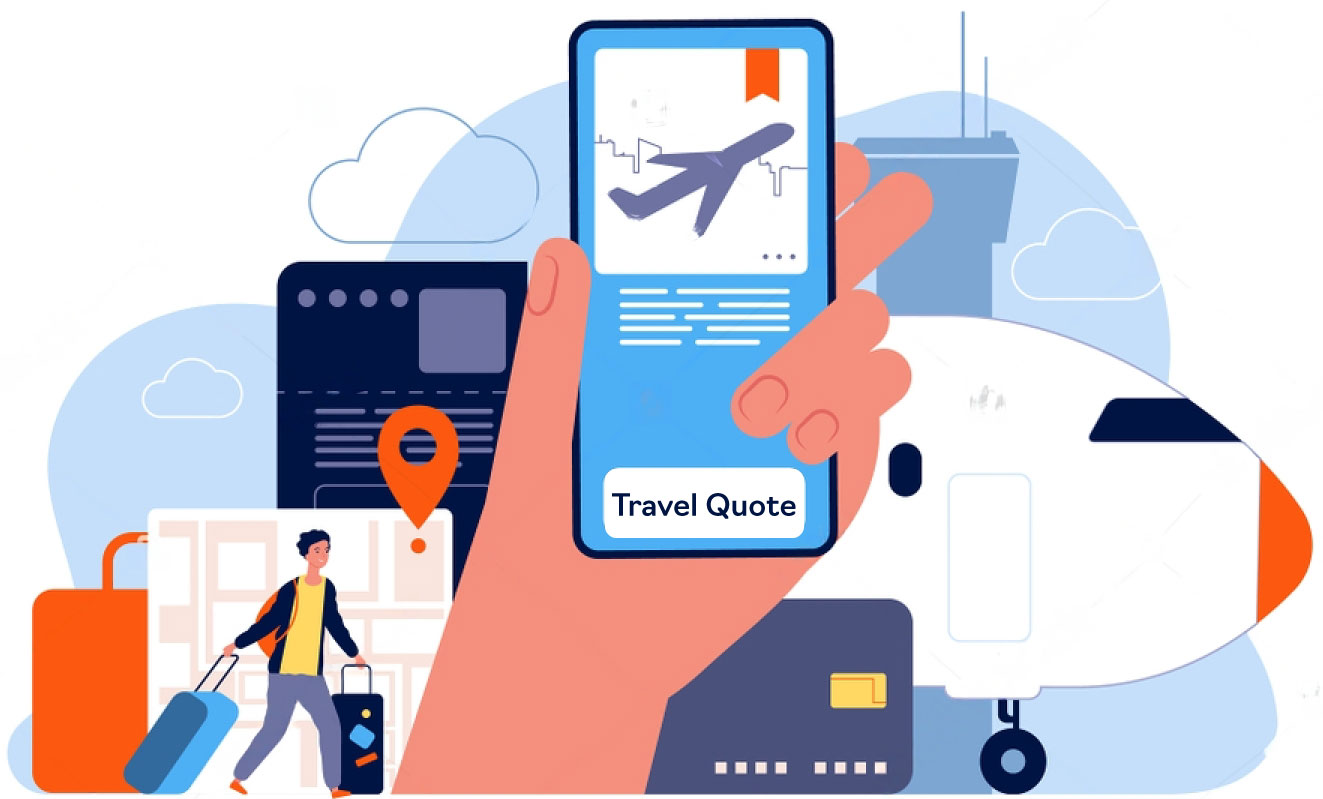
1. Q. What are the registration categories available ?
Ans: We offer different categories, including standard, student, and group registrations. Please check the registration page for detailed information.
2. Q. How can I register for the conference ?
Ans: Registration can be completed online through our conference website. Follow the steps outlined on the registration page for a seamless process.
3. Q. Are there any early bird registration discounts ?
Ans: Yes, we offer early bird discounts for those who register within the specified timeframe. Take advantage of these discounts to save on registration fees.
4. Q. Can I make changes to my registration details after submission ?
Ans: Any modifications to your registration details should be communicated promptly to our team. Please reach out to us for assistance.
5. Q. What is included in the registration fee ?
Ans: The registration fee covers conference materials, access to all sessions, a conference kit, and other amenities specified in the registration package.
6. Q. Is there a cancellation policy for registrations ?
Ans: Yes, there is a cancellation policy. Refund percentages vary based on the timing of cancellation. Refer to the cancellation policy on the registration page for details.
7. Q. Can I transfer my registration to someone else ?
Ans: Transferring registrations is possible. However, certain conditions apply, and you should contact us directly for guidance and approval.
8. Q. What are CPD-accredited activities ?
Ans: These are learning activities (such as courses, workshops, or webinars) that have been evaluated and approved by a CPD accreditation body to meet industry standards.
9. Q. Who needs CPD ?
Ans: CPD is often required by professionals in regulated industries like healthcare, education, engineering, or law. However, it benefits anyone aiming for career growth.
10. Q. How do I track my CPD progress ?
Ans: Most professionals maintain a CPD log or portfolio to record completed activities, points earned, and reflections on how the learning has contributed to their career.
Poster Presentation
- A poster should include Introduction, Methods, Results, Conclusions Recommendations, and acknowledgements.
- Use short sentences, simple words, and bullets to illustrate the points.
- Text should be broken up by including graphics or photos. Self-explanatory graphics should dominate the poster.
- Avoid using jargon, acronyms, or unusual abbreviations.
- Use a non-serif font (e.g., Arial) for the poster.
- No trade names should be used for drugs, devices, or instrumentation. Any medications or substances referred to in the materials must be identified by their scientific names only.
- Interactive content/features that can be viewed using smartphones is allowed (for example, additional graphs, animations, videos related
Virtual Presentation
- Select the ideal background, then optimise the lighting.
- Make sure your PC is directly connected to your modem with an Ethernet connection. You'll get the best signal and the most reliable internet
- connection from doing this. Use the same computer and internet connection for practise as when you really deliver the presentation.
- Examine the webcam connection, then go closer so that the camera only captures your face, neck, and shoulders.
- Ensure that your voice is clearly audible. External microphones or headphones may perform better than PC audio.
- Just as in face-to-face presentations, audiences connect to authenticity, so be yourself when presenting! Allow your personality to shine.
Important Alert:




